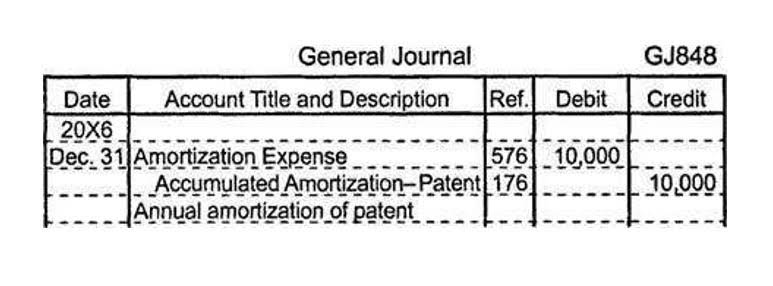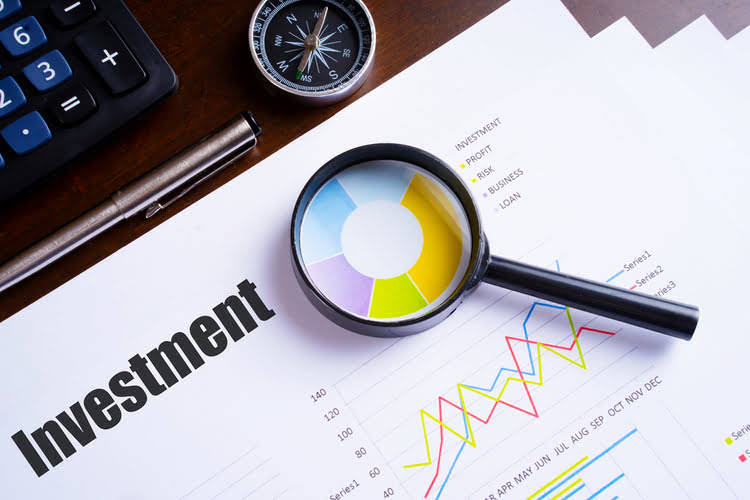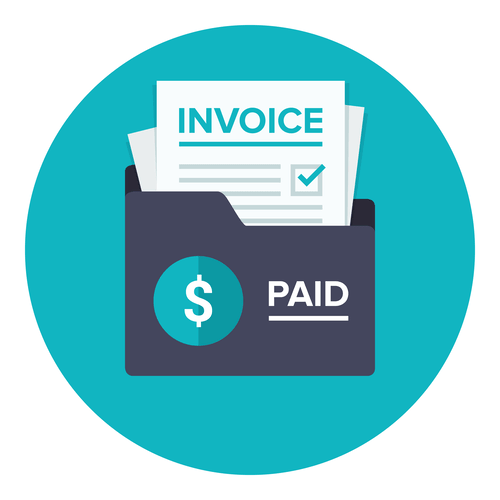No assurance is given that the information is comprehensive in its coverage or that it is suitable in dealing with a customer’s particular situation. Intuit Inc. does not have any responsibility for updating or revising any information presented herein. Accordingly, the information provided should not be relied upon as a substitute for independent research.
- However, if your business isn’t very complex, you might be able to use the simpler cash accounting method instead.
- Also, a company’s financial statements can only be audited if they have been prepared using the accrual basis.
- You should consult your own professional advisors for advice directly relating to your business or before taking action in relation to any of the content provided.
- Join more than 500,000 UK readers and get the best business admin strategies and tactics, as well as actionable advice to help your company thrive, in your inbox every month.
- The difference between cash and accrual accounting lies in the timing of when sales and purchases are recorded in your accounts.
Likewise, if you incur an expense in March and pay it in April, you record the expense in March. Accrual accounting gives you a realistic picture of your income and expenses in a given period, as it matches them with the actual delivery of goods or services. It also reflects your financial position more accurately, as it shows your assets and liabilities that have not been paid or collected. However, it does not show your cash flow, as it includes transactions that have not affected your bank account.
Cash and accrual accounting are like sibling rivals in the accounting realm—one clashes with the other, but you can definitely see the resemblance. Even if you don’t handle your own financial reporting, it’s vital to know how each one works so you can choose the best bookkeeping practices for your business. The US government uses a set of generally accepted accounting principles, or GAAP, to regulate how certain companies file financial documents. Cash accounting doesn’t conform to these well-known accounting principles. Per the IRS, you can’t use cash-basis accounting if you manage inventory, make over $5 million a year, or are publicly traded on the stock exchange. Businesses using the accrual method to keep an accurate picture of accounts payable and receivable will maintain their ledgers according to the current status of a bill or invoice.
Cash basis accounting is still a popular option, however, due to the simplicity of the overall process. Using the example from above, and applying the accrual basis of accounting, you would record the $1,000 as income in March’s bookkeeping versus in April when you actually received the funds. For example, if you invoice a client for $1,000 on March 1 and receive payment on April 15, you would record the income in April’s bookkeeping.
If you do it when you get a bill or raise an invoice, it’s accrual basis accounting. With the cash basis of accounting, you record income as it’s received and expenses as they’re paid. This does not take into account any accounts receivable or payable, as it only applies to payments from clients when the cash is in hand, and expenses when the transaction clears your bank account. First, its use is required for tax reporting when sales exceed $5 million.
However, the accrual system may be better for complete accuracy regarding yearly revenue. Specifically, it focuses on when money is received, or expenses get paid, which may not occur exactly when these items are accrued. Accrual-basis and cash-basis accounting each have their advantages and drawbacks. There are logical reasons, such as company size and budget, that might lead a business to prefer one processing non-po vouchers system over the other. If you are unsure which approach is best for your business, it may be a good idea to seek professional advice to determine if your company should use cash or accrual accounting. This article explores how cash and accrual accounting work, their benefits and disadvantages, the best software tools for each option and which accounting method works best for what types of businesses.
What is cash basis accounting?
It’s easy to tell when a transaction occurred—the money comes in or out of the bank. In the cash system, you do not pay taxes on funds you have not yet received. So, there is less risk of being unable to pay your taxes—a key point for many small companies.
- Additionally, whereas cash basis accounting does not conform to GAAP, accrual basis accounting does.
- Choosing a suitable accounting method for your business is one of the most crucial early decisions you’ll make.
- The accrual method records accounts receivables and payables and, as a result, can provide a more accurate picture of the profitability of a company, particularly in the long term.
- Accrual basis accounting records income and expenses when they’re incurred, regardless of whether money has been exchanged yet.
- You will need to determine the best bookkeeping methods and ensure your business model meets government requirements.
In other words, if you have a small stationery business that purchased paper supplies on credit in June, but didn’t actually pay the bill until July, you would record those supplies as a July expense. At Business.org, our research is meant to offer general product and service recommendations. We don’t guarantee that our suggestions will work best for each individual or business, so consider your unique needs when choosing products and services. One month might look more profitable than it actually is only because you haven’t paid off any expenses accrued during the month.
Cash versus accrual accounting: An overview
As a business owner, managing the finances of your fast-growing company can be a hassle. If your business is a corporation (other than an S corp) that averages more than $25 million in gross receipts over the last 3 years, the IRS requires you to use the accrual method. These articles and related content is the property of The Sage Group plc or its contractors or its licensors (“Sage”).
We’ll explain the basics of the cash accounting and accrual accounting methods, as well as the pros and cons of each so that you can make an informed decision. Because it offers a more accurate long-term look at your finances, accrual-basis accounting is the right method for most businesses. However, if your business isn’t very complex, you might be able to use the simpler cash accounting method instead. The accrual accounting method tracks earnings and expenses when first incurred, rather than waiting to document them when money gets received or bills paid. Before 2017, small-business taxpayers with average annual gross receipts of $5 million or less in the preceding three-year period could use the cash method. The enactment of the Tax Cuts and Jobs Act (TCJA), however, made it possible for more small businesses to use the cash method.
When To Use Cash-Basis Accounting
The cash method of accounting is generally suitable for very small businesses without any inventory. The accrual method is more popular and conforms to the generally accepted accounting principles (GAAP). The accrual basis of accounting is basically the complete opposite of the cash method.
What Is the Cash Method?
One of the differences between cash and accrual accounting is that they affect which tax year income and expenses are recorded in. Accrual accounting is a method of accounting where revenues and expenses are recorded when they are earned, regardless of when the money is actually received or paid. For example, you would record revenue when a project is complete, rather than when you get paid.
Under the cash basis, revenue is recorded when cash is received from customers, and expenses are recorded when cash is paid to suppliers and employees. It is most commonly used by smaller entities with less complex accounting systems. The revenues a company has not yet received payment for and expenses companies have not yet paid are called accruals. Here are the four types of accruals typically recorded on the balance sheet when following the accrual accounting method. Although it’s the more complex of the two major accounting methods, accrual accounting is considered the standard accounting practice for most organizations. Using accrual accounting, companies look at both current and expected cash flows, which provides a more accurate snapshot of their financial health.
Therefore, it is advisable to consult a tax professional before deciding which method to use for your business. The choice of cash or accrual accounting can have a significant impact on your business reporting, as it affects how you measure and communicate your financial performance and position. Cash accounting can cause revenue and expenses to fluctuate from month to month, which can make it difficult to identify trends and plan accordingly. On the other hand, accrual accounting can make revenue and expenses more consistent, while providing a more comprehensive view of assets and liabilities. This can make it easier to analyze profitability, efficiency, growth, and compare results with industry standards.








